Class 101 'Met-Cam' Profile and Models

101683 at Blaenau Ffestiniog in August 1996. ©Henry Law
|
The British Rail Classes 101 and 102 diesel-mechanical multiple units were built by Metro-Cammell at Washwood Heath in Birmingham, England from 1956 to 1959, following construction of a series of prototype units. These classes proved to be some of the most successful and longest-lived of BR's First Generation DMUs, second in longevity only to the Class 121, with the final five units being withdrawn on 24 December 2003. The oldest set was, by then, just over 47 years old. The 101s came in two, three or four car units, with two driving carriages one or two of which were powered by 11.3 litre BUT six cylinder diesel engines with epicyclic gearboxes. Being a first generation DMU, they were a prime example of a slam door train. They had a top speed of 70 mph. The 101 DMU fleet was vast with 527 101s and 106 of the related Class 102s being built. The two types were distinguished by the type of engine fitted, but were eventually classified together as Class 101s only. The 101 fleet was used across much of the British Rail network (with the notable exception of the Southern Region - apart from some inter-regional workings). |
|
|
Type of Unit |
1st Generation Diesel-Mechanical Multiple Units |
|
Builder |
Metropolitan-Cammell |
|
Build Dates |
1956 to 1960 |
|
Total Built |
101: 527 individual cars 102: 106 individual cars |
|
Coaches Per Unit |
2 or 3 |
|
Power Output |
150bhp per engine (2 per unit) |
|
Top Speed |
70 mph |
|
Passenger Capacity |
Varies between 2 & 3 car units |
|
Operated By |
British Rail First North Western |
|
Main Duties |
Local Passenger |
|
In Service Until |
2003 |
|
Surviving Examples |
41 individual cars preserved |

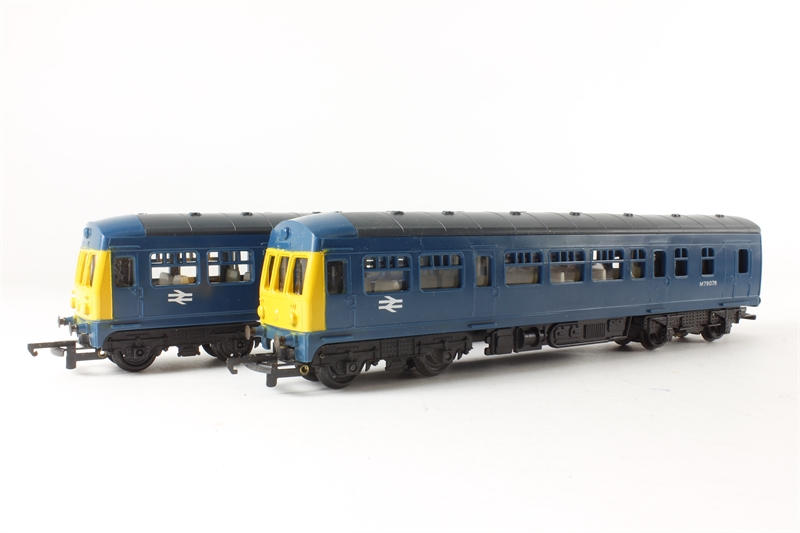





 BR green with coaching stock roundel
BR green with coaching stock roundel
 BR green with late crest
BR green with late crest
 BR blue
BR blue
 BR blue and grey
BR blue and grey
 BR white
BR white
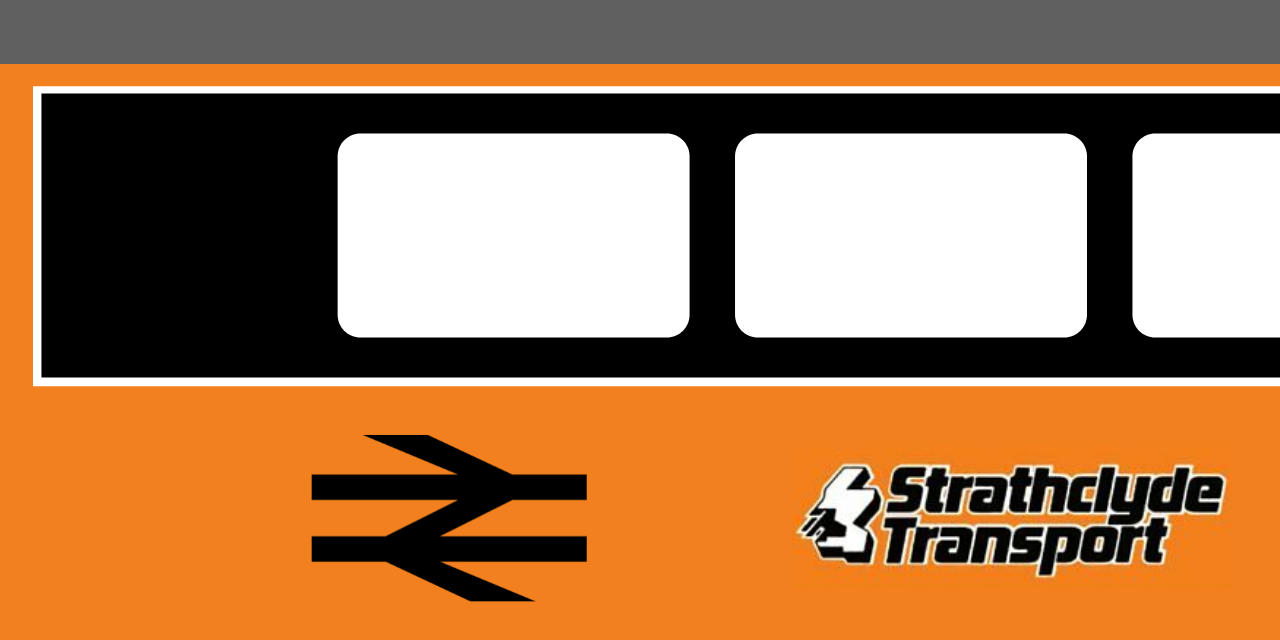 Strathclyde Passenger Transport
Strathclyde Passenger Transport
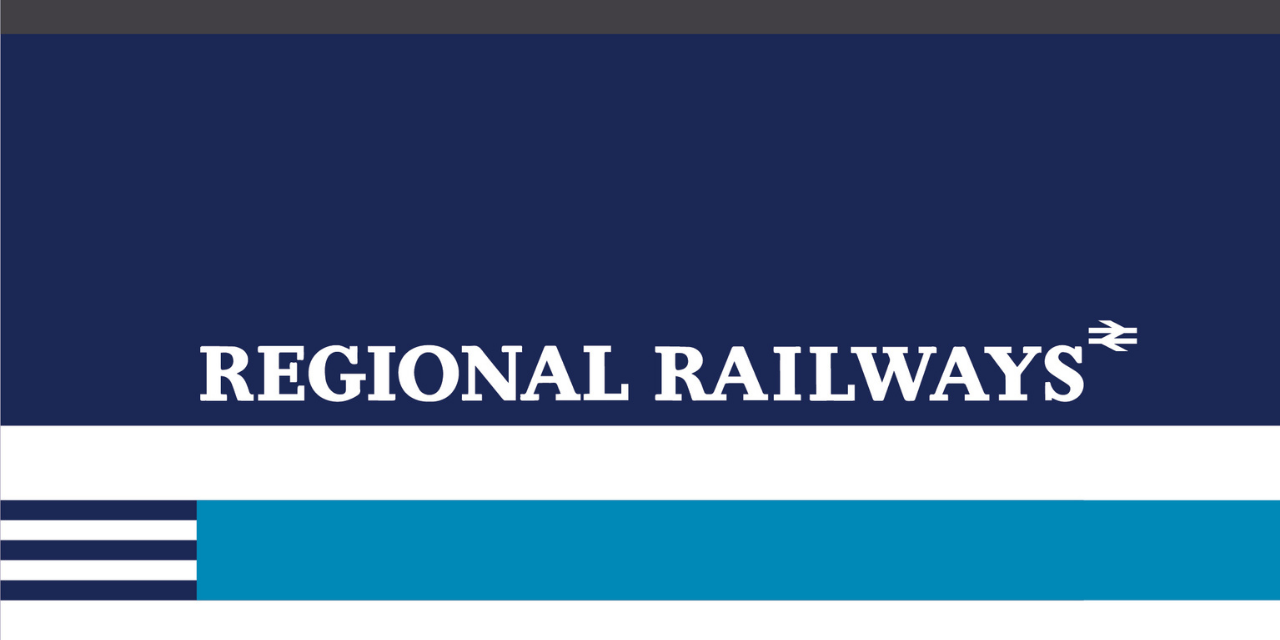 Regional Railways
Regional Railways
 NSE - Network SouthEast
NSE - Network SouthEast
 Network Rail
Network Rail
 Awaiting Categorisation
Awaiting Categorisation

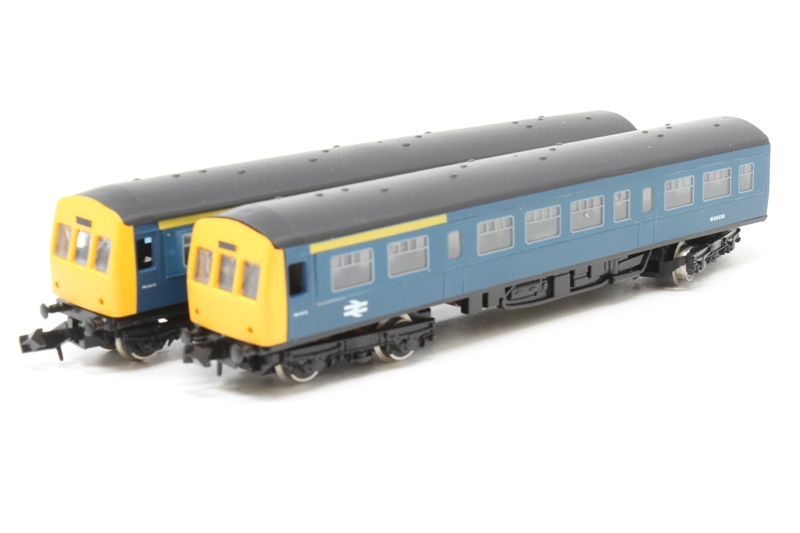
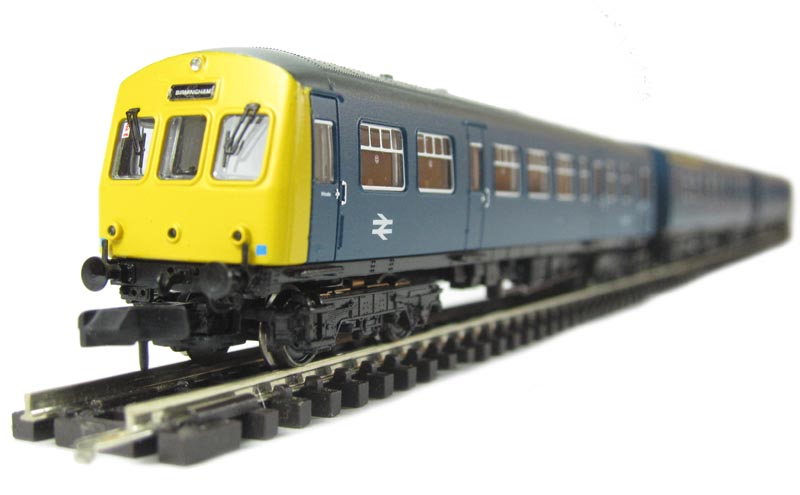

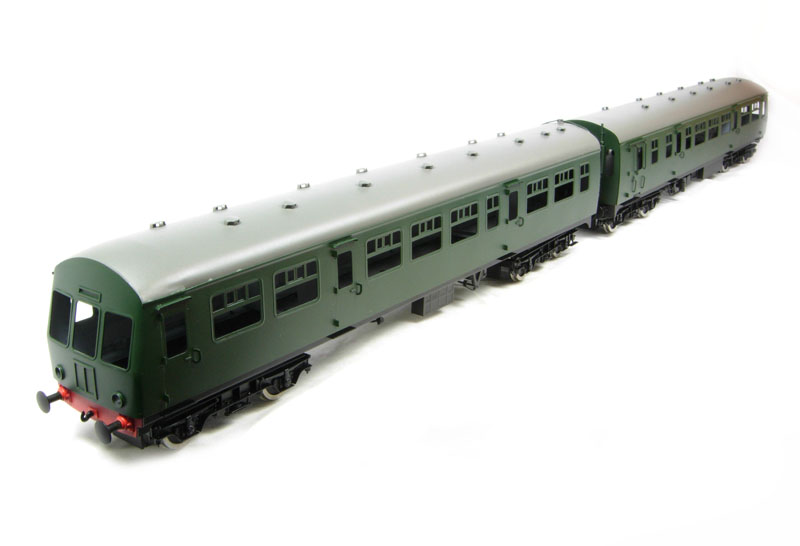


 Unpainted
Unpainted